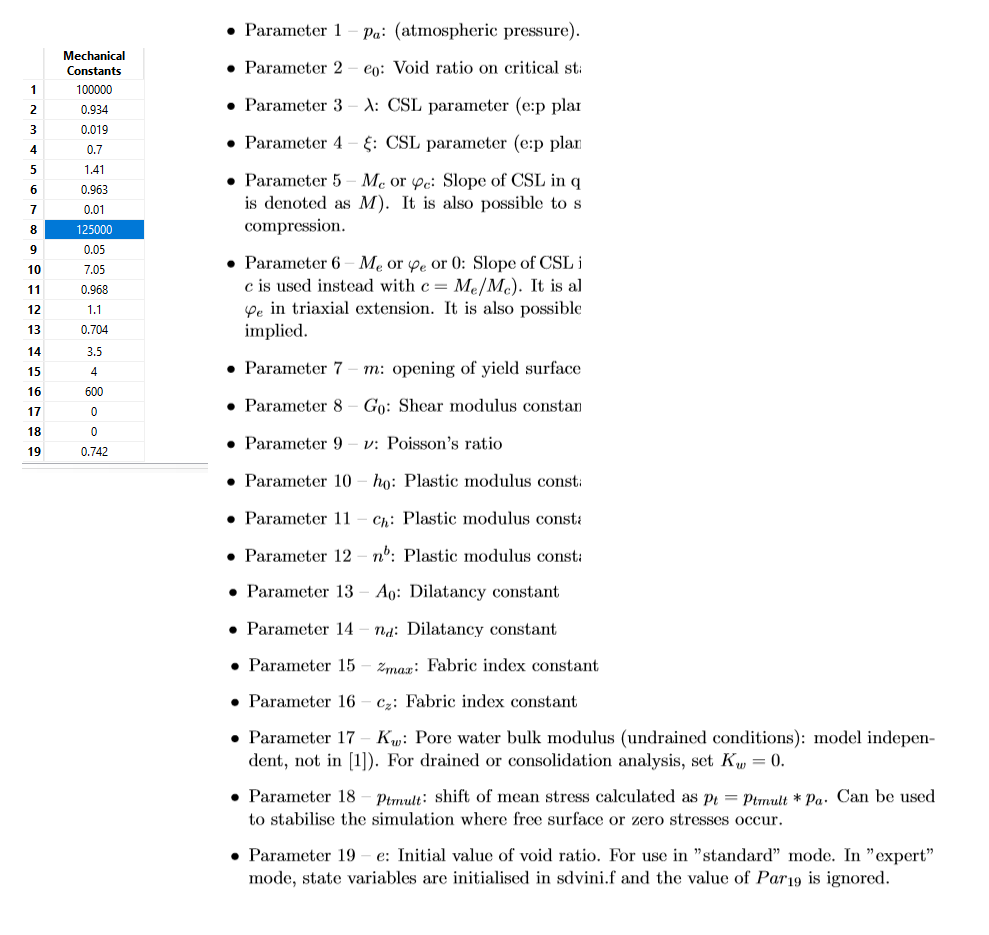Has anyone had success simulating earthquake loading / dynamic liquefaction in a full-scale, plane-strain model of a TSF in FLAC2D/FLAC3D?
The topic of damping is complex and the choice of damping model has a substantial effect on the outcome of these analyses. In this case (pictured) a seismic signal is applied to the base of a TSF model in FLAC2D and either Hysteretic Damping or Rayleigh Damping is implemented. The saturated overflow materials are modeled using NorSand with Zpsr=0.
Although NorSand is not well suited to dynamic problems, the PM4Silt UDM is not available in FLAC2D or FLAC3D and the materials have been calibrated with triaxial tests and cyclic direct simple shear tests.
In this comparison, the model with Hysteretic Damping, not only solves quickly, the facility survives the 1:5000 year seismic event, whereas the model with Rayleigh Damping takes ages to solve and leads to a global failure after liquefaction.
The topic is covered in the FLAC manuals to a degree, but it is hard to determine what is best practice for such an analysis. Any guidance would be greatly appreciated!
Tags: damping norsand pm4sand pm4silt




